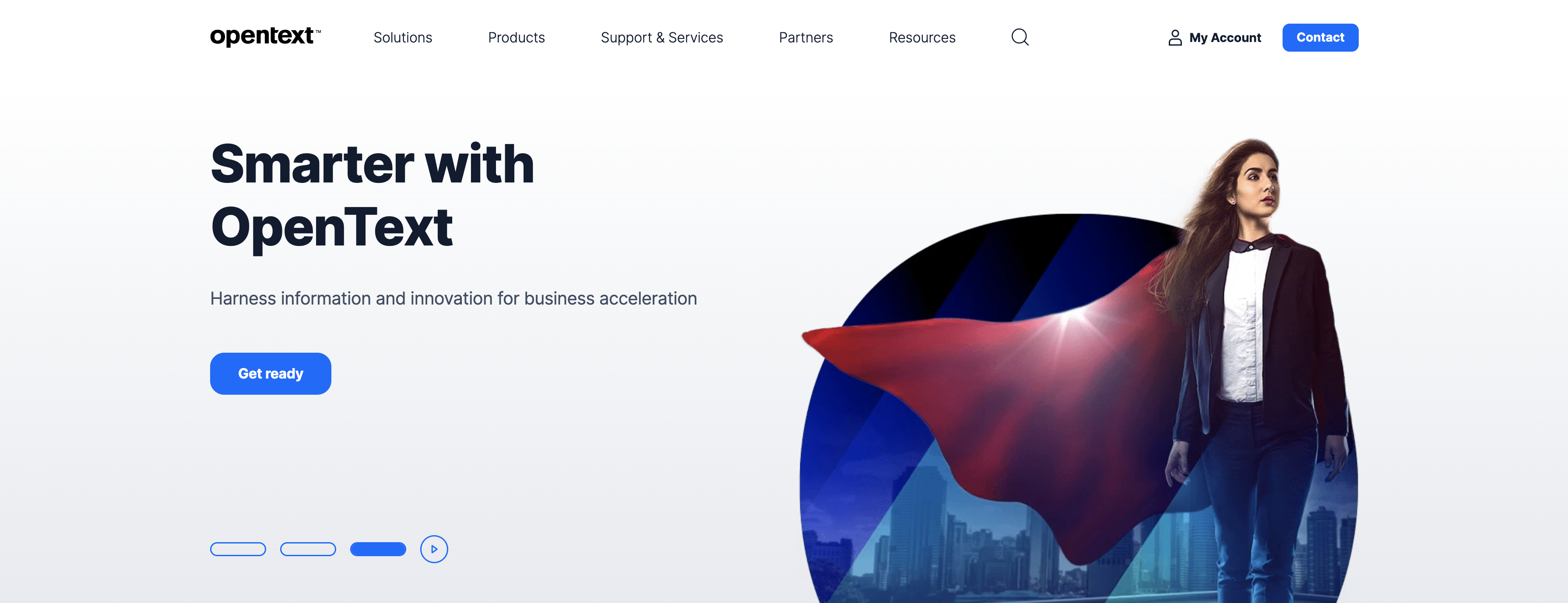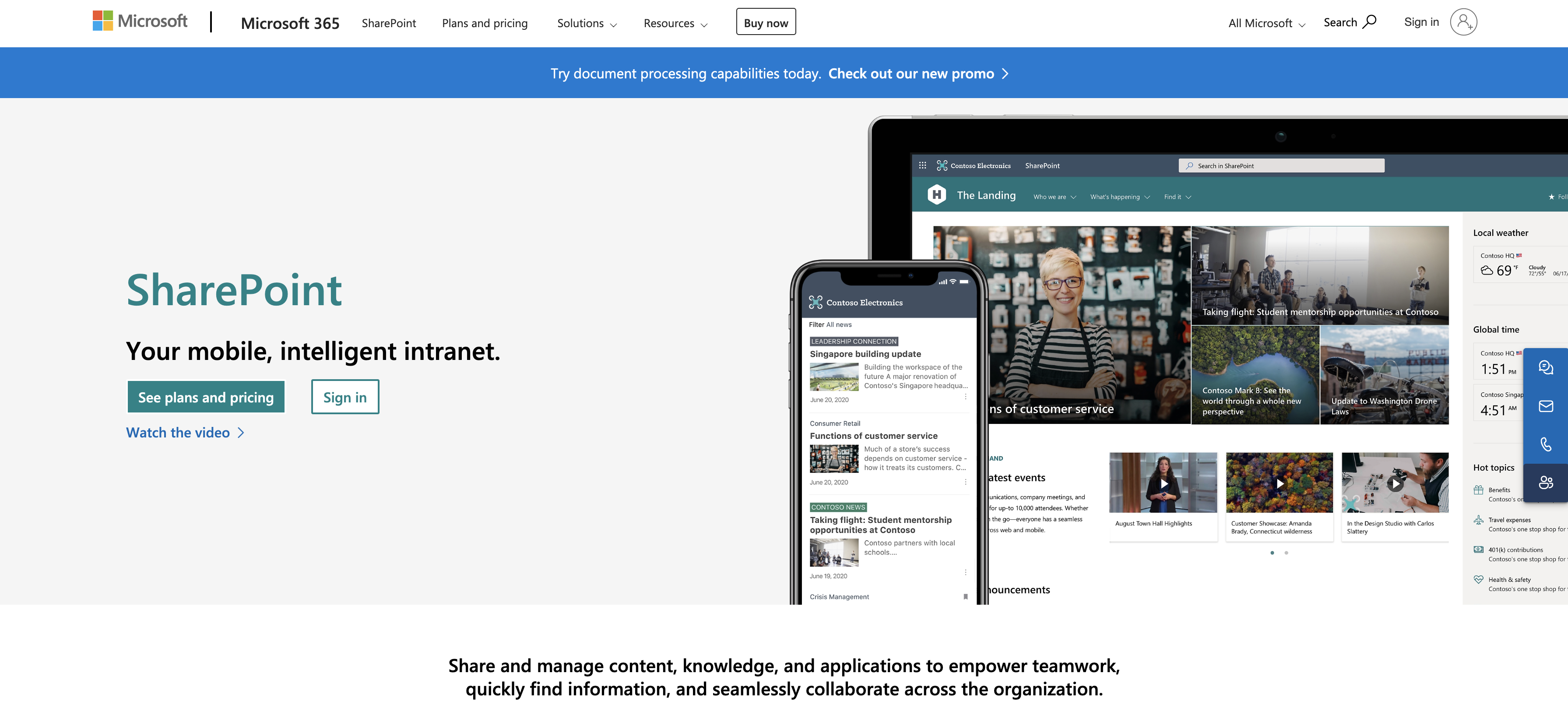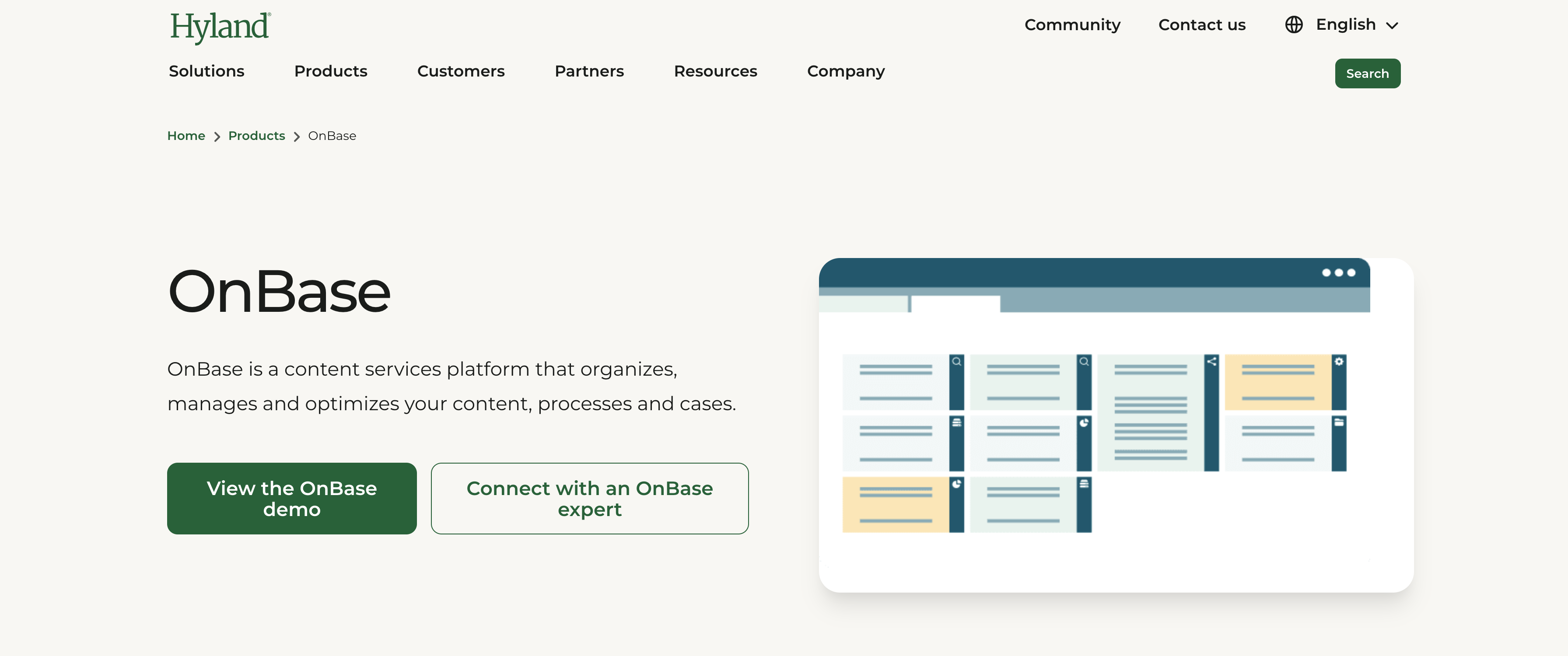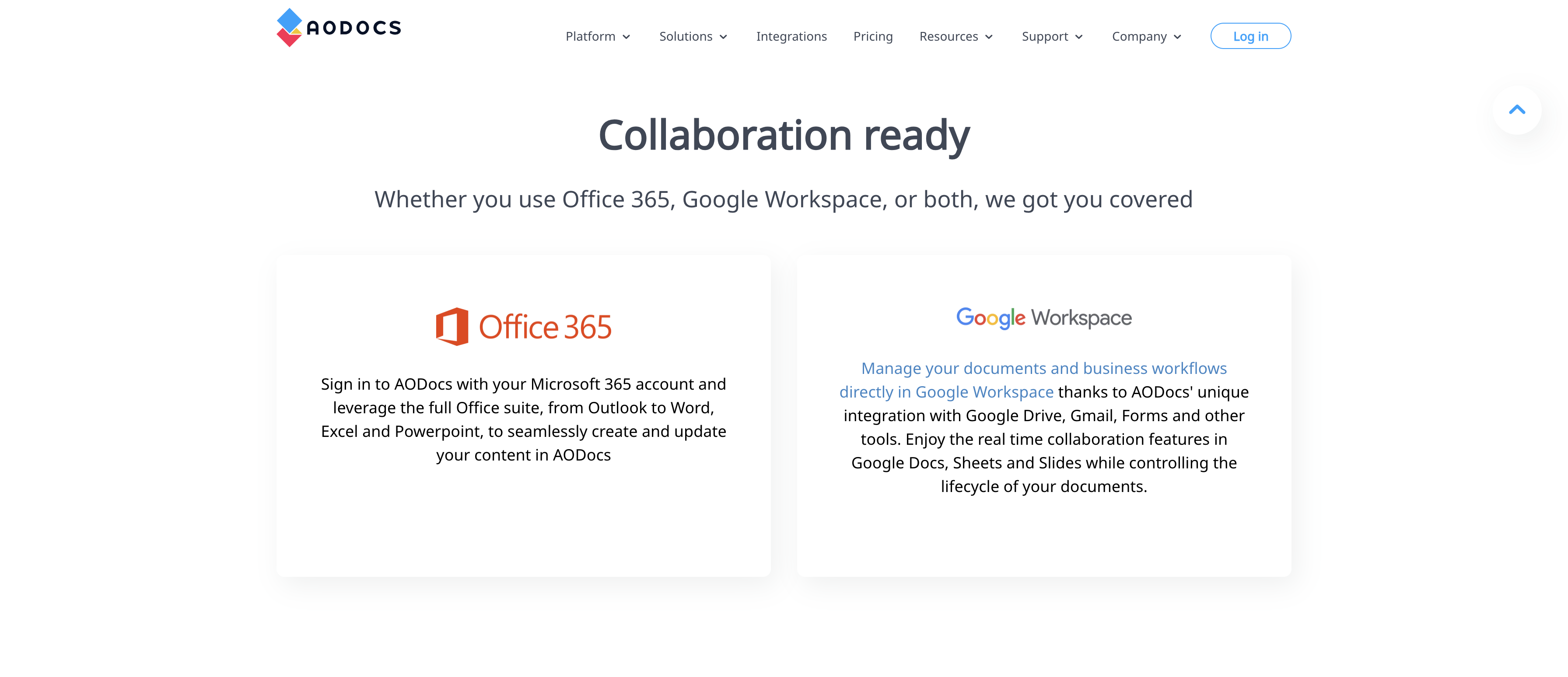Top 5 ECM tools
By some estimates, the amount of content the global community is generating doubles every three months. It’s no wonder organizations are stepping up their efforts to find better ways to manage it all.
Enterprise content management (ECM) solutions are quickly becoming indispensable for companies trying to get a handle on their ever-growing store of digital information. In this case, digital content refers to all types of informational assets, including those that aren’t easily searchable — anything from Word documents and PDFs to video presentations, images, and podcasts.
Because the market for ECM tools is taking off, there are plenty of options available. The ones listed below are among the most popular and should serve as a good jumping-off point for your research.
Pro Tip
Simplify your document management process with the AI Document Generator and create documents in seconds!
5 of the best ECM tools
Selecting the best enterprise content management tools depends largely on your specific business goals and objectives, organizational culture, and standard operating procedures. It also helps to have a good understanding of your existing technology infrastructure so you can be sure your new ECM solution supports a more streamlined informational ecosystem.
1. OpenText

Designed primarily for enterprises, OpenText is a cloud content management platform that helps you manage the entire life cycle of digital and physical assets, from capture to archiving. It easily integrates with leading business applications — like SAP and Salesforce — which makes it a popular choice for large financial services organizations as well as energy and utility companies.
You can customize the user interface to provide only the information each user needs to complete the task at hand. OpenText uses familiar search criteria and metadata to help users find and retrieve the information they want from large volumes of stored files in seconds.
2. Microsoft SharePoint

Integrate Microsoft Office 365 with SharePoint’s central management and collaboration features to create a secure repository for documents, digital records, and related metadata. SharePoint is an especially good fit for companies that rely on MS Office and other common authoring tools for content creation and communication.
Microsoft’s extensive network of partners means users have access to a wide variety of solutions and services designed to enhance Microsoft 365, many of which you can add directly from the Microsoft app store.
3. OnBase by Hyland

OnBase by Hyland is an enterprise information platform for managing content, processes, and cases. It has dedicated business units for financial services organizations, the public sector, higher education, and healthcare, which means these users benefit from messaging and solutions designed to address their specific business challenges.
The platform is known for top-notch customer service and support. It also easily integrates with third-party platforms like GIS/CAD systems, EMRs, and insurance underwriting platforms. This ECM is a good fit for enterprise organizations in highly regulated industries that require a comprehensive set of repository, collaborative, and transactional content services.
4. Box

Box ECM is a cloud-only repository that enables content to flow effortlessly among groups (even externally). It excels in providing collaborative content services — including document management and team workspaces — for small and medium-sized businesses as well as enterprises.
Box ECM is scalable, which means it can meet the needs of organizations with more than 100,000 users and a high volume of documents, including rich media. The platform gets exceptionally high marks for ease of use (which is crucial if you’re trying to get an entire company on board), and integrates with all the cloud productivity suites, including Microsoft (Office 365), Google (Google Workspace), and Apple (iWork), as well as Slack and Asana.
5. AODocs

Built on top of Google Drive, AODocs boasts a tight integration with Google Drive and Workspace — and it’s the only content services platform that can.
Appealing primarily to small and medium-sized businesses that want to leverage Google Drive’s content storage and services, AODocs bills itself as a “human-friendly” application that can replace SharePoint and other legacy systems. It gets high marks for its ease of use, and it has a compelling price point.
Comparing ECM tools
Choosing an ECM tool requires balance. On one hand, you want to be sure a solution has everything your business needs to optimize operations. The last thing you want to do is implement a system that can’t scale with your business or isn’t able to meet your business needs in the near future.
On the other hand, try to resist choosing a solution with lots of bells and whistles that aren’t useful to you. Implementing an ECM solution is a complicated endeavor — one that will require perseverance to get everyone on board. The more difficult a solution is to use, the less likely it is that your employees will adopt it.
Make an informed decision based on your unique business goals. In the end, your ECM tool should help your organization be more productive and make decisions more quickly.
Photo by Christina Morillo




















Send Comment: